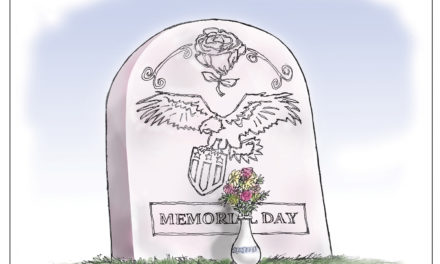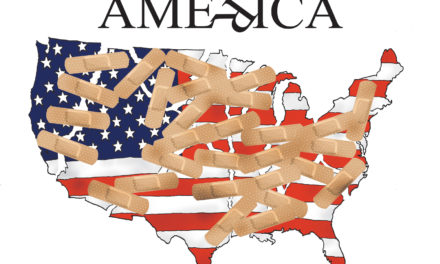The latest study of 51 cities – the largest in each state and the District of Columbia – shows that Memphis is moving to the head of the list. Unfortunately, it’s the head of the list of the cities with the most unfair tax structures in the nation.
A few weeks ago, we wrote about the meticulously documented annual survey by the Office of Revenue Analysis for the District of Columbia on the fairness of these representative cities’ tax rates and tax burdens. In the previous year’s index of progressivity (read fairness for those of us not given to economist’s jargon), Memphis had the fourth worst tax structure on the list, with only Cheyenne, Seattle, Sioux Falls and Las Vegas ranked lower than us.
This year, however, we’ve moved even closer to the lead in the dubious category of having the most unfair tax structure. We’ve now leapt over Seattle and are only three places from the bottom. Only Sioux Falls and Las Vegas beat us out on tax inequity.
Evidence of the our current tax structure’s unfairness is stark:
• The average tax burden in Memphis for families of four earning $25,000 is 7.2 percent of their total income.
• For a family earning $50,000, the amount of the income paid in taxes is 6.4 percent, and those with incomes of $75,000 pay 6.5 percent.
• Memphis families earning $100,000 pay 6.1 percent, and remarkably, families earning $150,000 pay the least – 5.8 percent.
Put simply, the tax burden for higher income families is substantially less than families earning only one-sixth as much. In other words, under regressivity in the dictionary, it would say, see Memphis.
In fact, since last year, the percentage of income for the $25,000 family actually edged up .2 percent, while the $150,000 family moved down .2 percent.
By the way, the average tax burden for the 51 cities paints a graphic portrait of our tax structure’s inequities – 7.1 percent at $25,000; 8.3 percent at $50,000; 9.2 percent at $75,000; and 9.3 percent at $100,000 and $150,000. In other words, the amount you pay is based on your ability to pay, a fundamental precept of progressive, or fairest, tax systems.
That’s why the most progressive tax structures don’t tax lower-income, working families at the same rate as wealthy families. Memphis doesn’t even rise to this level playing field, where every one pays the same percentage. Instead, it gives a bonus to the highest-income families by reducing the amount they pay, when compared to lower-income families, by 1.4 percent.
For perspective, consider that the 5.8 percent in Memphis for families earning $150,000 compares with the following rates: Philadelphia, 12.7 percent; Providence, 12.2 percent; Baltimore, 11.8 percent; Atlanta, 11.2 percent; Columbus, 11 percent; Louisville, 10.4 percent; Little Rock, 9.6 percent, and so on.
“The three cities with the least progressive state and local tax systems are Las Vegas, Nevada; Sioux Falls, South Dakota; and Memphis, Tennessee,” concluded the 56-page report. “In Sioux Falls and Memphis, the sales and use tax burden is substantially above the 51-city average.”
In analyzing the tax burden of District of Columbia residents, the report concluded that the problem there happens because the city “does not have the authority to tax nonresident income earned within its borders. Nonresidents earn about 2/3 of all income in the District of Columbia.” While the district’s dilemma is obviously more dramatic than ours, the same principle applies, because about 20 percent of the $2.2 billion earned here is by nonresidents, who pay no part of their income to support the infrastructure that creates the jobs they hold.
The study points out that Memphis has the highest sales tax rate of the 51 cities. Unspoken is the risk attached to this high dependency on sales tax revenues, because, as we learned, a sudden drop in these revenues can wreak havoc on a governmental budget.
What’s all of this mean? It means that until Memphis does something to make income a source of tax revenues, it will continue to be more and more regressive. As it gets more regressive, it will spur more migration out of Memphis, which will stimulate more tax increases, which will produce even more regressivity, and more flight, and so on and so forth.
While there are some ideas being advocated to broaden the source of revenues – such an adequate facilities fees and impact fees – they are only band-aids on a badly wounded tax structure. It is this structure that in the end is the real crisis in Memphis and deserves thoughtful analysis and new policy options for improving it.
Of course, the only thing more challenging than our regressive tax structure is finding someone with the political courage to tackle real tax reform and the restructuring of our entire tax structure.
In the future, we shouldn’t listen to any tax proposals without asking the core question: What is being done to take of the problem, rather than just addressing its symptoms.




